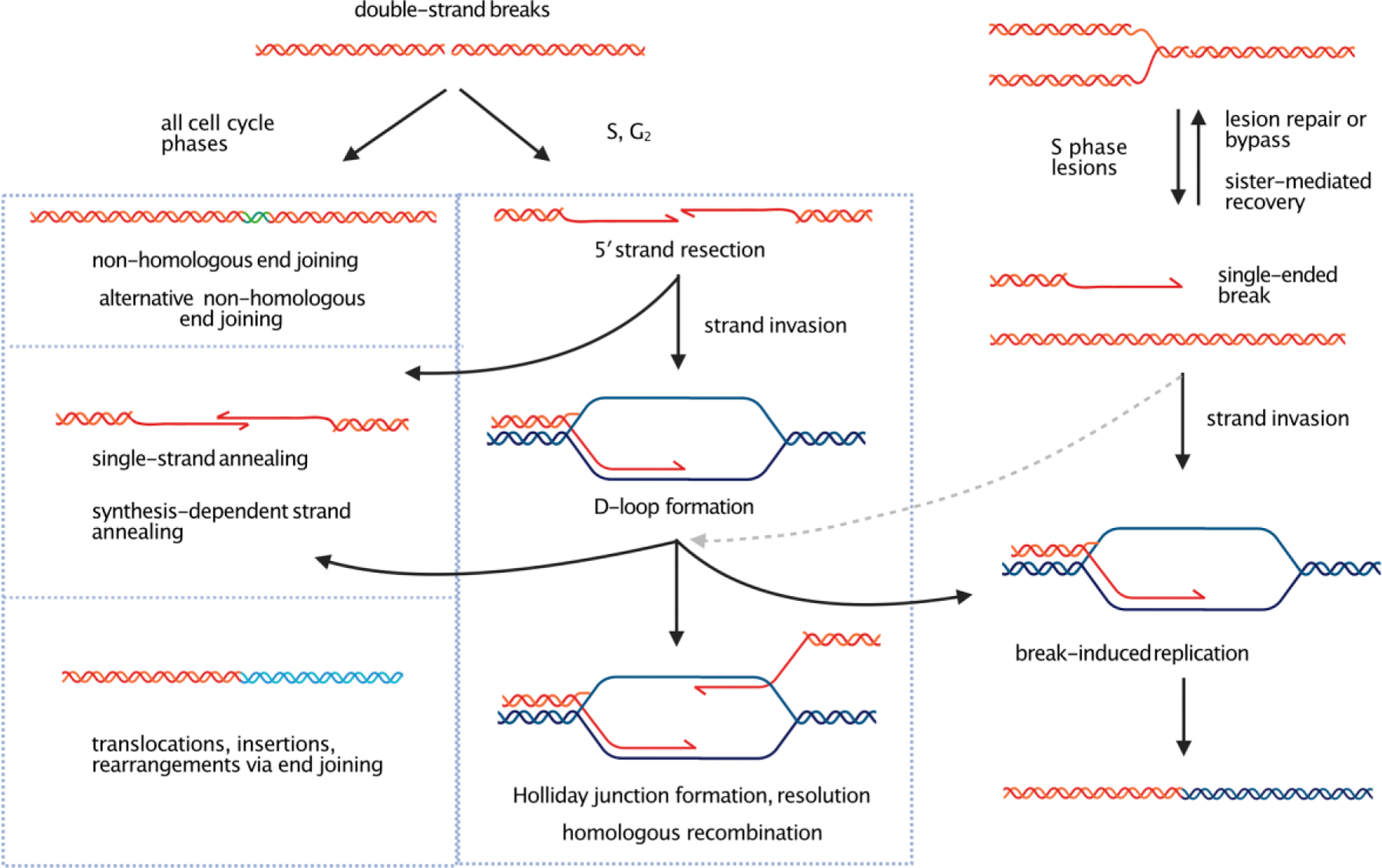Figure 1. DNA double-strand break repair pathways.

In mammalian cells, repair of DNA double-strand breaks occur via non-homologous end joining during all cell cycle phases and, depending on the structure of the ends, can generate small deletions or insertions (green) at the junction. In S and G2 phases of the cell cycle, resection of 5′ strands is much more efficient than in G1 or G0 phase. Removal of the 5′ strand generates a long, single-stranded 3′ end which is used for strand invasion into unbroken sister chromatids or homologous duplexes. One possible outcome is the formation of a double-Holliday junction and resolution as shown. Resection can also generate intermediates that are used in single-strand annealing, and resection-dependent DNA synthesis can also generate 3′ single-stranded ends that are joined by synthesis-dependent strand annealing. In S phase, lesions in the DNA template can produce single-ended DNA breaks which can be resolved by sister chromatid-mediated strand switching or by strand invasion during break-induced replication from a homologous template as shown (right). Single-ended breaks can also produce misrepair events such as translocations, insertions, and genome rearrangements.
